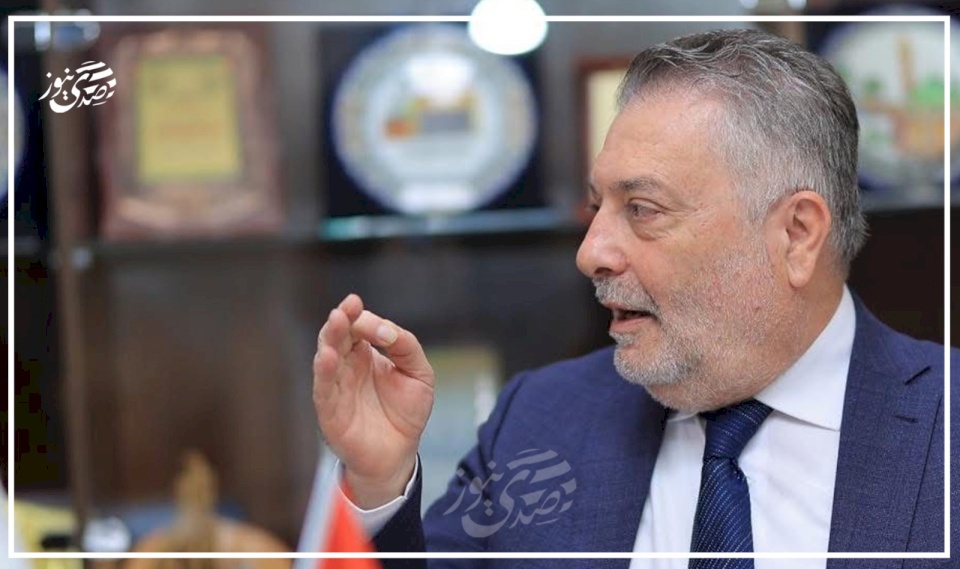
The Brain Drain in Palestine: How Can We Turn Migration from Loss to Economic Opportunity?
SadaNews - Today, Palestine is witnessing one of the highest unemployment rates in its modern history, among the highest globally, with the general rate rising to about 51% in 2024. This unprecedented figure reflects the depth of the economic and social crisis experienced by Palestinians and is a key factor driving young people and skilled individuals to migrate in search of better opportunities. Thus, migration transforms from an individual choice into a collective phenomenon that threatens the loss of human capital, considered the most vital asset of any economy.
Reasons for Economic Migration
Figures show that the unemployment rate in the West Bank reached 35%, while it was about 80% in Gaza, reflecting a sharp disparity between the two regions. According to the Palestinian Central Bureau of Statistics, the unemployment rate among labor force participants in the West Bank rose to 31% in 2024, compared to only 18% in 2023, while the average rate from October 2023 to September 2024 was around 34.9%, according to the International Labour Organization. The number of unemployed increased from about 129,000 to over 317,000 during this period. Statistics indicate that unemployment affected males at a rate of 31.7% and females at 30.1%, confirming that the crisis is comprehensive and not limited to a specific group. Amid this dark reality, the search for opportunities abroad becomes almost the only exit for many youths.
The Impact on the Labor Market
The departure of skilled individuals from vital sectors such as health, engineering, and information technology leaves gaps that are difficult to fill locally. Unofficial estimates indicate that more than 1,000 Palestinian doctors have left to work abroad over the past five years, in addition to hundreds of engineers and programmers. With each doctor or engineer that leaves, Palestine loses educational and training investments that can reach $50,000 to $70,000 per individual, encompassing university education and practical training. These gaps do not only impact the quality of services provided to citizens but also weaken the local economy's capacity for innovation and competitiveness, exacerbating the cycle of economic decline.
The Broader Economic Impact
In the long term, migration leads to a decline in productivity rates and a reduction in the ability to compete in sectors that require high skills. Some regional studies suggest that a loss of 10% of the skilled workforce could reduce the annual economic growth rate by about 0.5 to 1 percentage point, which directly translates into a decrease in income levels and a decline in welfare standards.
Possible Positive Aspects
Despite the bleak scene, migration carries with it some positives if well-invested. The financial remittances sent by Palestinian expatriates reached about $3 billion in 2023, equivalent to roughly 15% of the gross domestic product. Thus, they constitute one of the most important sources of foreign currency and directly support local consumption and finance household expenses.
Moreover, expatriate networks in the Gulf, Europe, and North America represent a strategic opportunity to open new markets for Palestinian products, attract direct investments, and transfer technology and expertise back home.
From Loss to Gain
To transform migration from loss to opportunity, a dual strategy must be adopted:
1. Reduce internal brain drain by improving the local working environment and creating job opportunities in promising sectors such as green technologies and creative industries, along with developing training programs directly linked to market needs.
2. Invest in the energies abroad through programs that connect expatriate talents with local projects, either through remote work or short-term consulting partnerships.
3. Encourage expatriate investments by providing tax incentives and legal guarantees in productive sectors with added value.
4. Launch temporary return initiatives that allow expatriates to work in Palestine for specified periods to train local staff and transfer expertise, as successfully implemented by countries such as India and the Philippines.
The Absent Question in Policies
But the most important question here is: Did the national strategic plans, which were prepared and approved in previous phases, include serious addressing of the economic migration issue for youth? If the answer is yes, what are the practical programs and measures that were implemented at that time, and how effective were they in reducing this ongoing brain drain? As for the current phase, have the new strategies prioritized this issue genuinely, viewing it as a developmental concern and an economic and national security issue, or are the responses still limited to scattered initiatives that do not rise to the level of the existing challenge?
Conclusion
Economic migration among Palestinian youth is not an inevitable fate, but rather a result of an economic and political environment that can be repaired if there is the will and appropriate policies. While we work to reduce the brain drain, we must treat expatriates as part of the solution, not as a final loss. They have the potential to contribute to building a more independent and strong economy if channels are created to connect them to their homeland and enable them to invest in its future, transforming exile from a rupture into a bridge for development.

Donkeys and Settlers: A Call to Torah Narratives

Peace Be Upon You, Mayor

The Flood of Gaza

My Friend ... and the Coming Change

When Bitterness Became Sweet

The Education System is a Guarantee of National Security Elements for the Country

The Trap of the Herd and the Closed Land: From Land Theft to Famine Engineering... How Liv...

